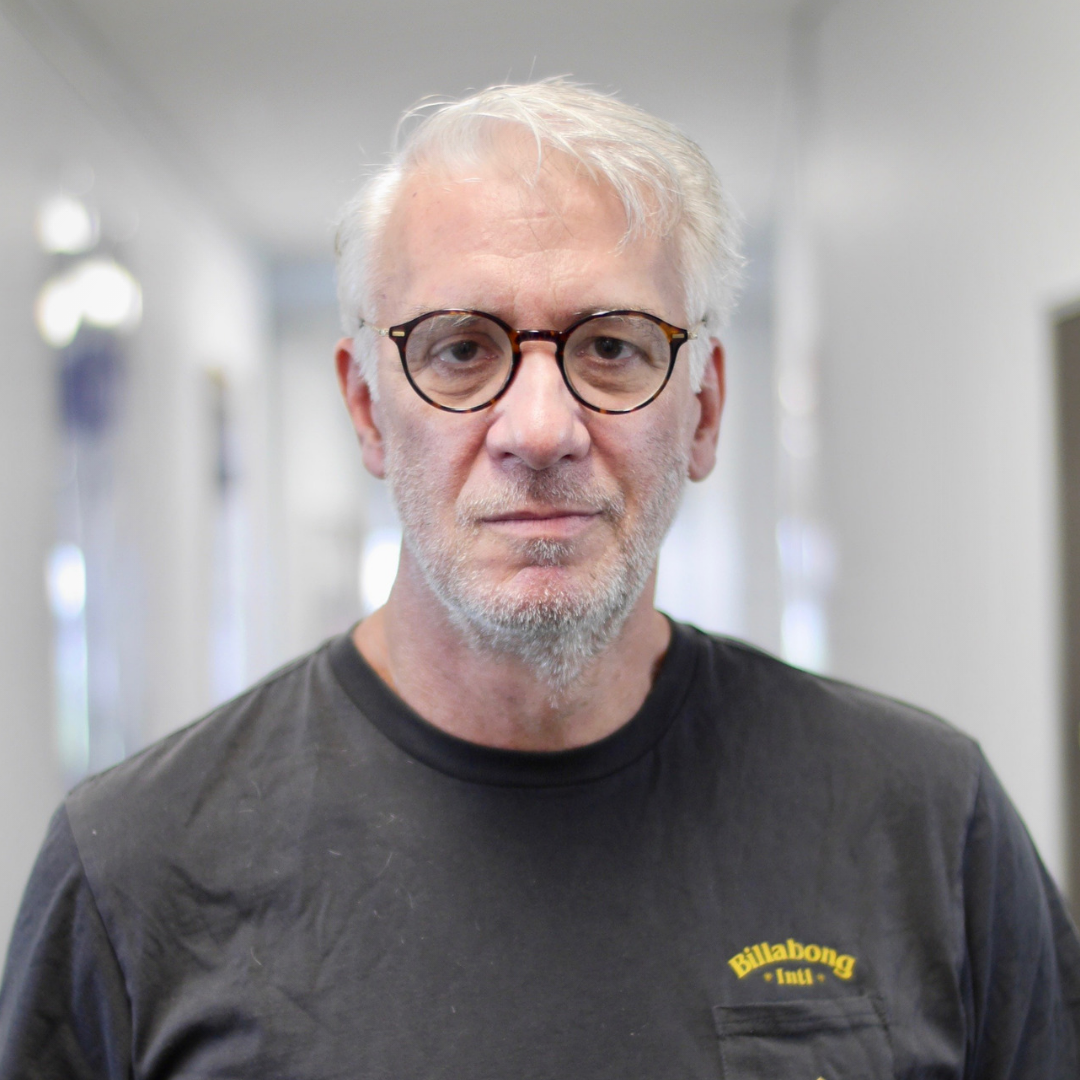"Leadership is an achievement of trust", Peter Drucker
Stephen Covey once said; “Trust is the glue of life. It’s the most essential ingredient in effective communication. It’s the foundational principle that holds relationships together”, and it seems that everyone agrees. Indeed, the quote from Peter Drucker above is now a common text on ‘leadership posters’. One of the most common qualities that is ascribed to successful leadership is trust – leaders need to be trustworthy and people need to trust their leaders if progress is to be realised and sustained. This is largely accepted, but what does this mean, and what does it look like in practice, and how it can be developed and maintained?
So, you are a leader and you know through endless quotes from leadership gurus that trust is essential, but what do you do to foster and generate it? Is it just about being a nice person? Of course, it is more complex than can be captured in a pithy quote, and so we suggest that there are five dimensions to trust, and these can be nurtured and developed by individuals as they lead their groups, departments, teams, or institutions. The five dimensions are:
1. Interpersonal trust – are you trustworthy?
2. Interactional trust – can we collaborate?
3. Intersubjective trust – are you part of the team?
4. Intellectual trust – do you know your stuff?
5. Pragmatic trust – is the work doable and worth doing?
While these five aspects are identifiable, in practice they do not operate in isolation. Below we first briefly outline these in turn, and then we discuss how they might be developed and outworked in practice.
Interpersonal Trust
As a leader, are you recognised as trustworthy, and are you seen as trusting of the members of your team? To this end, you need to demonstrate genuine empathy, and relate to, respect and engender confidence in your team members. At this personal level, people need to feel that you as their leader understands them, and that you are genuinely interested in them as valued colleagues. This can be important in order to foster diversity of roles and functions within a shared purpose, goal or mission, where each member is respected and appreciated for their part in the team.
Interactional Trust
Second, as a leader do you open and sustain safe spaces for collaboration and democratic dialogue? A sure way to know if this trust dimension is evident would be if team members feel confident, comfortable, and valued in expressing their professional ideas and contributing to the team performance. This can be freeing for you as a leader, because it means that you do not need to provide all the answers or to always be the expert, but rather you need to be comfortable facilitating open dialogue where all ideas and views are welcomed, heard, and considered, thus creating a collective endeavour. As we know, in professional practice, collaboration and collegiality are essential, and this is the ‘trust glue’ that is needed to make it happen.
Intersubjective Trust
Next, team members want to know and feel that you, as their leader, are genuinely journeying with them – not as some distant leader telling them what to do from afar but working at the elbow as a fellow professional. Do you demonstrate ‘withness’ and collegiality through participating in shared activities in community? For example, in a sporting team, this would be the aspect of trust that a captain would engender as they co-laboured in the field of play, as opposed to a coach who directs from the sideline. In this way you can appreciate and understand the inherent problems, issues and struggles of the team as they embark on shared projects and developments.
Intellectual Trust
Do your team members perceive you as their leader as knowledgeable, wise, and having expertise? Can your team trust you to convey self-confidence, professional knowledge, and wisdom regarding developmental work? Furthermore, as a leader you can engender intellectual trust by engaging in ongoing professional learning and development – the idea that you have expertise and experience, but you still keep growing and learning. You may have been appointed as a leader because you had been a good practitioner and maintaining this high level of performance is important so there is confidence and trust that you ‘know what you are talking about’. If we refer back to the previous example of a sports captain – their team has trust in their leadership while they continue to play well and develop their game!
Pragmatic Trust
Can you as a leader be trusted to drive your team, but not overwork or overwhelm them? And can they trust you that the work you are doing together in valuable and worthwhile? Pragmatic trust is about the way you lead change that is practical, relevant, realistic, and achievable under the conditions that prevail in your particular site. This is important so your team members can be reassured that you as their leader will ensure that the project, development, or work is ‘doable’ considering all the other factors impacting upon the individuals and the team as a whole. Furthermore, is what you are asking your team to do seen as worth pursuing and having a positive aspect on the core business of the organisation. Here, often a key factor to be considered and ‘managed’ is time – having adequate time and quality time to achieve the shared goal or agenda. At times, you might need to be an advocate for your team with senior managers to ensure that pragmatic trust is sustained, and people are not overwhelmed by unrealistic expectations.
Leaders Developing and Sustaining Trust
If indeed trust is the ‘glue’ that enables you as a leader to keep your team together and functioning successfully, then it is important to understand how it can be developed and sustained in practice. Foundational to this is understanding that you cannot do it alone - the very nature of teams and groups means that your success (or otherwise) will be achieved through the work of others. In essence, your effectiveness will be grounded in the achievement of others, and you can only create conditions and arrangements that maximise their chances of success. You have to trust them to do what is required, as they will need to trust you to lead them. As was noted at the outset, leadership is an achievement of relational trust - in all its dimensions.
To this end, first it is important that you as a leader accept that it is personal – it is affective and involves feelings of security, vulnerability, and acceptance, all of which are challenged in times of change and development. Therefore, you need to pay particular attention to your people and the relational nature of your shared work. This not just about being nice or having a collegial warm working environment – it is about creating conditions where trust can flourish, which in turn can enable successful development in the shared team agendas.
Second, and following on from the point above, it is important to be careful with words and careless comments. It takes time for people to develop a sense of interpersonal and intersubjective trust, and so be careful in enabling its growth, and treasure and protect it as it grows. To this end, in a new team or on a new initiative, it might be prudent to initially take steps that involve little risk or vulnerability or risk, and have a high chance of success, then hopefully with a sense of initial accomplishment and with time, deeper levels of trust will enable more challenging projects to be attacked.
Finally, you need to be cognisant of what is possible and the other factors impinging upon team members’ practices. Leaders are usually highly accomplished professionals and therefore, can sometimes lack the required understanding of the capabilities of others. Pragmatic issues are often the factors that derail agendas and initiatives – particularly time, and team members need to be able to trust you as their leader to manage change that is reasonable, effective and doable.
References
Edwards-Groves, C., Grootenboer, P., & Rönnerman, K. (2016). “Facilitating a culture of relational trust in school-based action research: recognising the role of middle leaders. Educational Action Research, 24(3), 369-386. DOI: 10.1080/09650792.2015.1131175
Grootenboer, P., Edwards-Groves, C., & Rönnerman, K. (2020). Leading from the middle: Pedagogical leadership in schools. Routledge
Grootenboer, P. (2018). The practices of school middle leadership: Leading professional learning. Singapore: Springer.

Peter Grootenboer is a Professor in Education in the School of Education and Professional Studies. Peter’s research has focused on professional practice, ‘middle’ leadership, action research and professional learning and change. Peter has published two books on leadership, including Middle Leadership in Schools: A Practical Guide for Leading Learning, which he co-authored with Christine. Currently he is the Lead Investigator on an Australian Research Council funded project on educational middle leadership. Peter is an experienced school teacher, leader, researcher and academic.

Dr Christine Edwards-Groves is a Professor of Literacy Education at the Australian Catholic University. Christine has been investigating middle leadership practice for over ten years and has recently released the book Generative Leadership: Rescripting the Promise of Action Research (Springer) with Professor Karin Ronnerman. Currently Christine is a Chief Investigator on the Australian Research Council funded project on middle leadership with Professor Peter Grootenboer, and they also co-authored the book Middle Leadership in Schools: A Practical Guide for Leading Learning.
Advance your career with Griffith Professional
Griffith's new range of stackable professional courses designed to quickly upskill you for the future economy.
Professional Learning Hub
The above article is part of Griffith University’s Professional Learning Hub’s Thought Leadership series.
The Professional Learning Hub is Griffith University’s platform for professional learning and executive education. Our tailored professional learning focuses on the issues that are important to you and your team. Bringing together the expertise of Griffith University’s academics and research centres, our professional learning is designed to deliver creative solutions for the workplace of tomorrow. Whether you are looking for opportunities for yourself, or your team we have you covered.